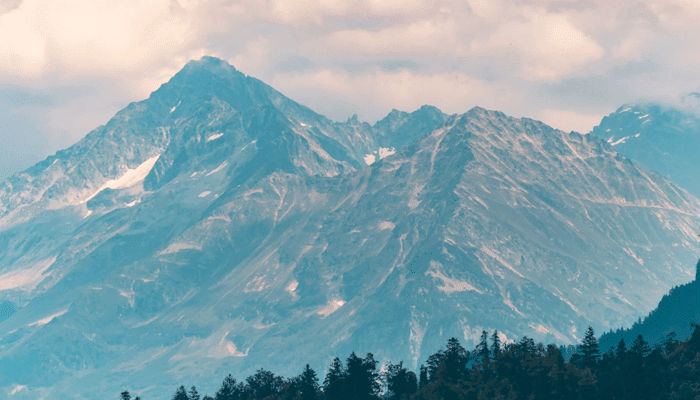The 20th anniversary of the attacks of September 11, 2001, the opening of the trial of the Paris and Bataclan attacks… These news remind us of our traumas and confront us with our fears for doctor Jonathan Ahovi, psychiatrist at the Dole hospital center (Jura) .
“I was at work”, “I was in front of my TV”, “at the end of high school, they come to pick me up, and in the car, I hear the news in special flash ”…. These stories, we have all heard them. September 11, recounted dozens, hundreds of times, by our relatives, our families, our colleagues, and even sometimes, strangers, crusaders, when, near the anniversary date, a radio, a report or a passer-by evokes the event. A phenomenon that recurred a few years later, when the Bataclan and Paris attacks on November 13, 2015, marked the French.
For Doctor Jonathan Ahovi, psychiatrist at the Dole hospital center in the Jura, these testimonies reveal the collective trauma that all those who remember that day went through. “There is a freeze frame”, he explains, “Our memories, like life, fly by. And then, all of a sudden, it’s like the record is broken. This is the sign that it is traumatic ”.
The usually fluid dynamics of the story stutters here, the normal parade of events stumbles at the same time. This is an indication that it is traumatic
As if the Eiffel Tower disappeared
In other words, for the practitioner, this moment in history brings us back to our own death. “Psycho-trauma is what confronts us when we die”, he exposes. We know we’re all going to die, but we hide it from ourselves, and that’s good because we live. And there, suddenly, suddenly, an event comes to confront us with our finitude ”.
Indeed, for the doctor, if the attacks of September 11 marked the French so much, it is because it brings together several factors: the speed, the intensity, the violence, and the scope of the symbol. “It was a picture of eternal America that was destroyed” elaborates Doctor Ahovi, who compares the place of the two towers of the World Trade Center in New York, to that of the Eiffel Tower in Paris. “If something like that happens in a small country like Togo, it doesn’t affect us, he continues, but when it happens in a country much stronger than us, we think our security is compromised”. Not just because the United States is a military ally of France, from a diplomatic point of view, but from a much more intimate point of view. “These are things that we consider to be secure and stable, fixed”, he explains. Landmarks that take an important place in the intimate imagination of individuals. “If they can fall, then anything can fall”.
Nearly 3,000 people were killed in the September 11, 2001 attacks in the United States.
•
© Edna Leshowitz – maxPPP
–
Birthdays that bring us back to these images … and allow us to apprehend them
So, each year, the attacks of the Wolrd Trade Center of September 11, 2001, which we often shorten by “September 11”, are remembered to us. “The suddenness and violence, the intensity of an event which was a catastrophe, we think that it disappeared in the unconscious…”, says Doctor Ahovi, “And tac! It comes back, and it reminds us of our finitude, our precariousness. ”
The doctor confides to have regular knowledge of people who are plunged “in a state of disorder” when the event is mentioned, or its images broadcast, again. “For example, you get up to take something from your fridge, and suddenly you don’t know”. A phenomenon similar to that which can be provoked by the recall of the Paris attacks on November 13, 2015.

© TANNEN MAURY / EPA / Newscom / MaxPPP
–
For the psychiatrist, to get out of this echo of fear, or astonishment, that we may have felt, a simple solution exists: “If you’re with other people, it’s good to talk to each other”. “It’s better to be together, with people who may be in other states, to give other explanations”, he develops. Relate his experience of the event, his memories and feelings. “What was a freeze frame can then become a more dynamic film again”. The desire to share what we were doing, that day or that evening, and the dozens of stories heard, take on their full meaning.
For the caregiver, if, in the case of those who were not close to a victim, or the family of a victim, these reminders of the attacks temporarily shake us, we must draw a question: “And if it happens again, will we be able to take care of the weakest, the children”? “How to translate these things, which astonish and overflow the capacities of development of the adults? How to translate them without carrying the anguish ” ? “We have to find a way to say things” concludes the doctor.
–


